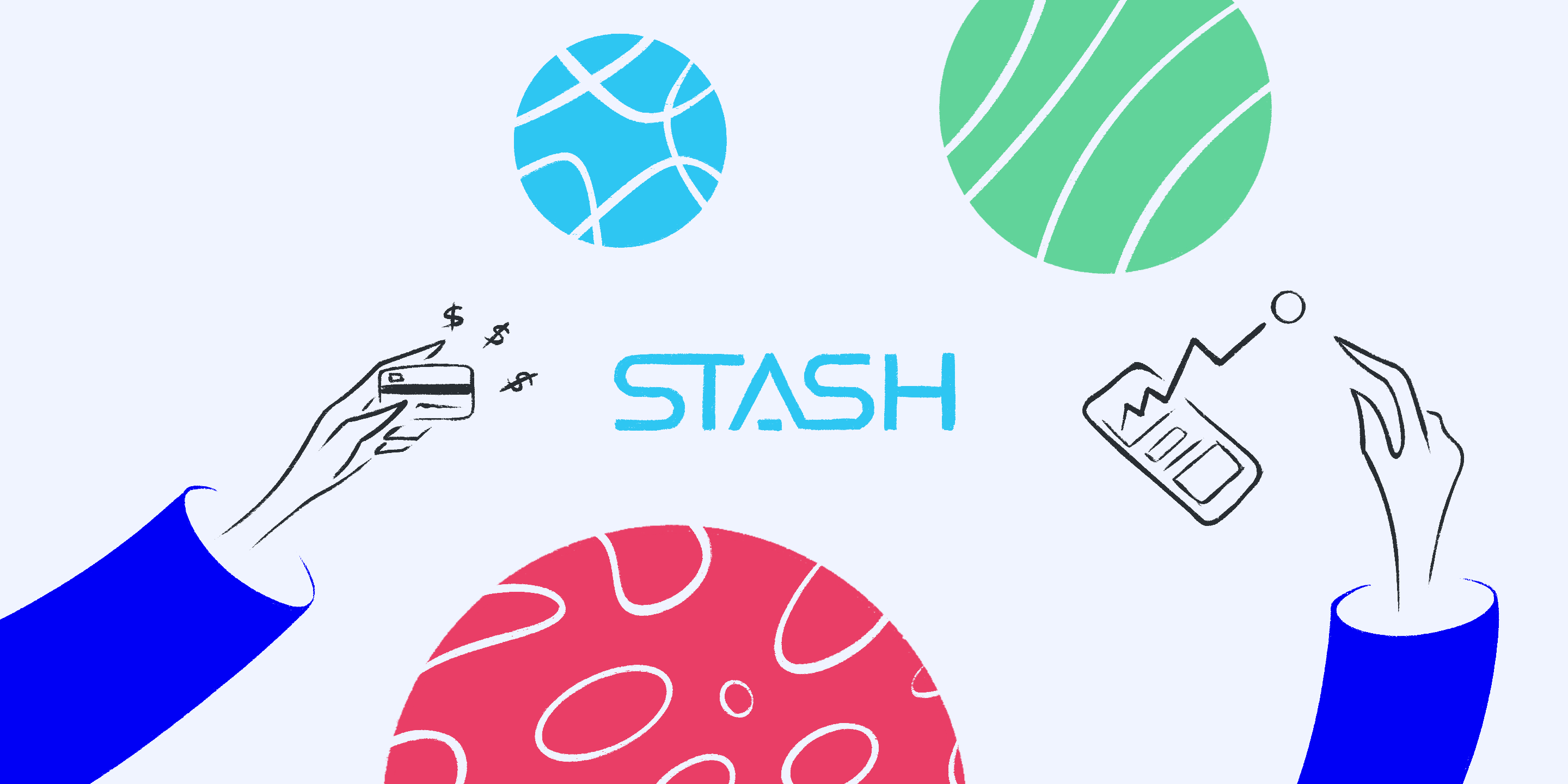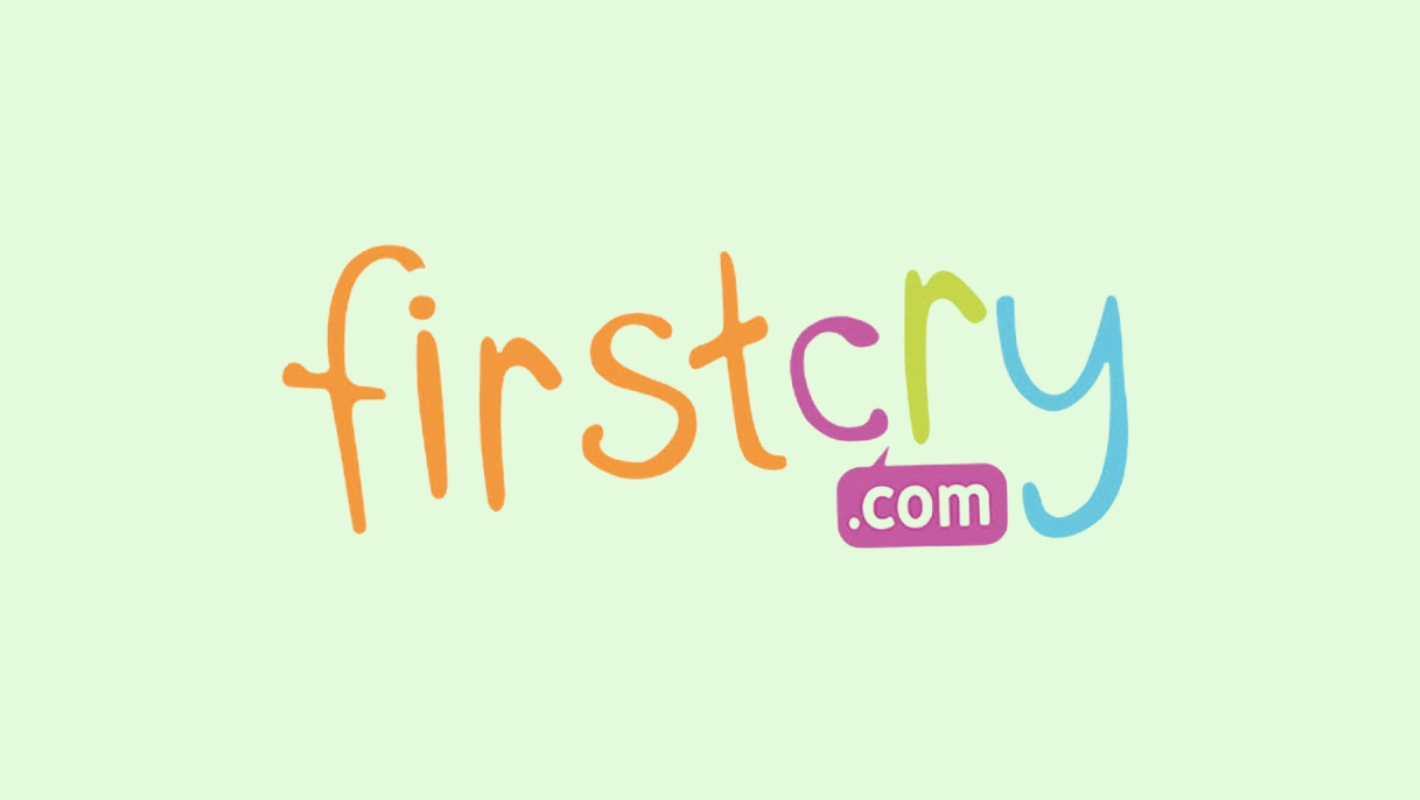Fintech company Stash has recently secured $40 million in funding through a convertible note, with T. Rowe Price leading the investment round. This new capital brings Stash closer to its goal of going public in the near future. Stash, an investing app, aims to provide affordable investment options for lower and middle income consumers.
Key Takeaway
Fintech company Stash has raised $40 million through a convertible note, led by T. Rowe Price. This funding brings them closer to their goal of going public in the near future. Stash aims to provide affordable investment options for lower and middle income consumers. The decision to use a convertible note highlights the current market’s favor towards investors. Skipping venture capital, Stash plans to become profitable by the end of 2024 and has improved its gross margin substantially.
Convertible Notes as a Financing Tool
Stash’s decision to raise funds through a convertible note is an interesting move. Convertible notes are short-term loans that can later be converted into equity. For Stash, this allows the company to have the necessary funds to reach profitability without a valuation at the moment. This financing option highlights the current market’s favor towards investors. Typically, those providing convertible notes have the option to earn interest on the loans or convert them into equity at a discount.
Moving Towards Profitability and IPO
Stash’s CEO, Liza Landsman, sees this funding round as a win for the company and its plans for an IPO. The additional capital puts Stash in a position to be ready for the public market. Landsman emphasizes the importance of having an independent audit function for the company, especially in the consumer fintech industry. As part of their efforts, Stash has appointed Amy Butte, former CFO of the New York Stock Exchange, as its first independent audit chair.
Skipping Venture Capital
In the current market conditions, Stash intentionally chose not to raise more capital through venture capital. Landsman explains that the company’s proximity to profitability and the market’s volatility influenced this decision. Stash expects to become profitable by the end of 2024. However, the company continues to show growth and has improved its gross margin substantially. Stash ended 2022 with a gross margin slightly above 50% and projects to reach a nearly 75% gross margin by the end of 2023.
About Stash
Stash operates as an investing app, competing with the likes of Acorns and Robinhood. Its target market includes lower and middle income consumers, with subscription plans starting at $3 per month. Stash allows customers to buy fractional shares of stocks and funds with as little as 1 cent. The company also offers a debit card that rewards users with a percentage of their purchases back in stock. Stash differentiates itself from neobanks, emphasizing that it provides banking as a service to facilitate investing. The company currently has 2 million active subscribers who have collectively set aside nearly $3 billion in savings over time.
Stash has made efforts to cut costs by conducting layoffs and currently has about 320 employees. The company plans to hire more workers by the end of the year. It has also made strategic hires, including the appointment of Chien-Liang Chou as the chief technology officer (CTO). Stash is uniquely positioned within the fintech industry, blending investing tools with advice and proprietary technology.
In preparation for the next class of companies preparing for the public markets, Stash aims to generate innovation and longevity as a fintech business. The recent funding round brings Stash one step closer to achieving its goals and expanding its reach in the competitive fintech landscape.

























